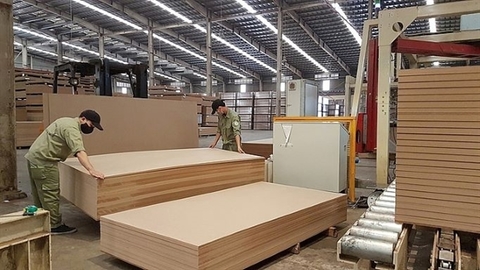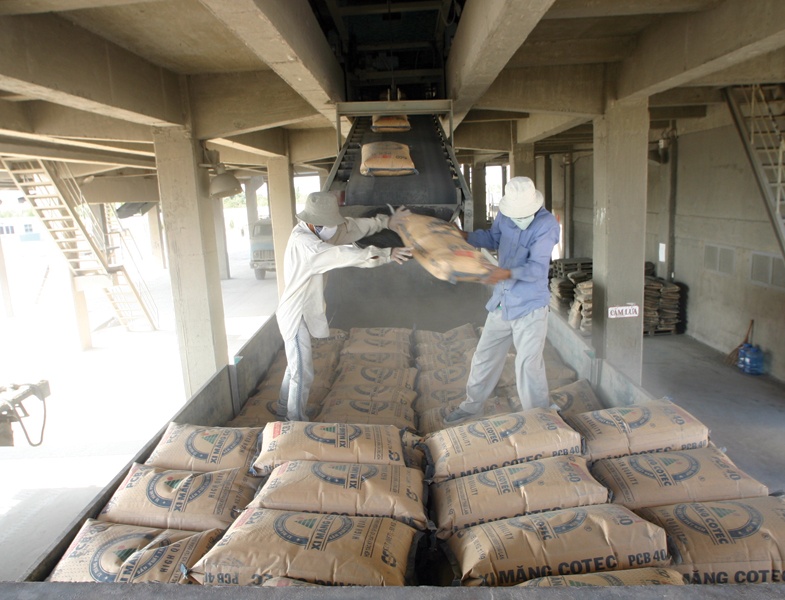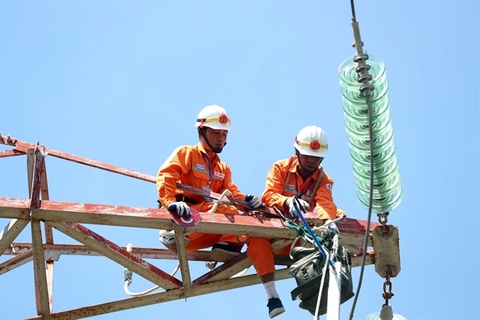Viet Nam in top five global largest plywood export markets
Viet Nam in top five global largest plywood export markets
Plywood export value was about US$1.1 billion in 2022, putting Viet Nam in the top five largest plywood export markets in the world, reported the Viet Nam Timber and Forest Products Association (VIFORES).

According to the International Trade Centre (ITC), the leading plywood export markets included China ($5.89 billion); Indonesia ($2.51 billion); Russia ($1.9 billion); Brazil ($1.2 billion); and Viet Nam ($1.1 billion).
Large plywood import markets included the United States ($4.5 billion); Japan ($1.58 billion); Germany ($1.1 billion); South Korea ($840 million); and the UK ($800 million).
Since 2018, Viet Nam has been one of the top five largest plywood export markets, with an increase in export value from $774 million in 2018 to $1.1 billion in 2022, ITC reported.
At present, the US, South Korea, Malaysia and Japan are the major markets for Viet Nam's plywood products.
Vu Quang Huy, head of VIFOREST's Viet Nam Plywood Division, said high inflation and low consumer confidence caused Viet Nam's two main plywood export markets the US (accounting for about 40 per cent of the total export value) and South Korea (accounting for 24 per cent) to cut imports from July 2022 and by the third quarter of 2022, all importers buying goods stopped ordering.
In addition, at the end of the third quarter of 2022, the US Department of Commerce's (DOC) anti-dumping case had new developments that affected the entire plywood industry exporting to this market. The kitchen cabinet products investigated by the DOC affected the kitchen cabinet industry of Viet Nam, thereby affecting plywood - the input material for kitchen cabinet production.
According to experts, the plywood export market in Viet Nam had the strongest drop at the end of the third quarter of 2022 and lasted for the past four months.
The resilience of the plywood export market in 2023 will depend on changes in the world economic situation, and markets and product segments that businesses target.
Huy said for the US market, plywood products for construction will recover first. Next is the recovery in birch or poplar-faced plywood products for the production of kitchen cabinets. It is expected that from March 2023, the demand for plywood for sofa products will also start to resume.
For the Korean market, the product line exported to this market is mainly commercial plywood with the mid-grade segment. The economy has not shown any clear signs of recovery, so the demand in this market will also be difficult to predict.
Meanwhile, many enterprises pay attention to Malaysia - one of the three main export markets of Viet Nam's plywood focusing on plywood for construction.
The EU market is also interested in the businesses because the domestic output in the EU is about 3.5 million cu.m per year so they also import more from other countries. Of which, the shortfall of about 2 million cu.m per year imported from Russia due to the Russia-Ukraine conflict will create great opportunities for Viet Nam's plywood factories.
In fact, to avoid dependence on some markets, plywood manufacturers in Viet Nam are diversifying product lines and markets.
However, plywood manufacturing enterprises still have many weaknesses. Of which, they do not grasp the trend and risks, and also have not actively sought opportunities to hedge risks.
Besides that, Vietnamese businesses focus on low-cost strategy rather than the uniqueness of products. Most businesses have consumed their products via trading companies, making them unable to grasp market information and approach their customers to develop suitable products and find target customers.




















